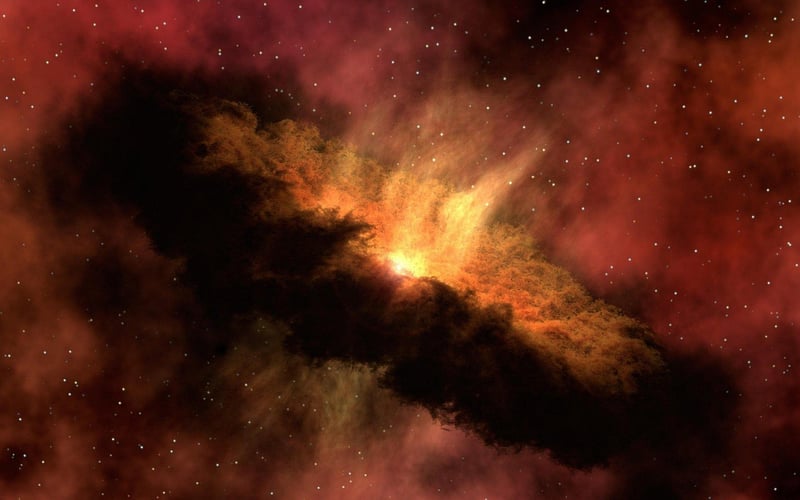Habitable Zones
Exploring Life in the Cosmos and Habitable Zones
Have you ever looked up at the night sky and wondered if we are alone in the universe? The quest to find extraterrestrial life has captivated humans for centuries, and scientists are constantly searching for habitable zones where life could exist beyond our planet.
What are Habitable Zones?
A habitable zone, also known as the Goldilocks zone, is the region around a star where conditions are just right for liquid water to exist on a planet's surface. This is considered a key ingredient for life as we know it. Planets located within the habitable zone have the potential to host liquid water, a stable atmosphere, and possibly even life forms.
Exploring Habitable Zones
Scientists are actively searching for exoplanets, planets located outside our solar system, that may fall within the habitable zones of their respective stars. By studying the atmospheric composition, temperature, and distance from the star, researchers can determine if a planet is likely to support life.
Kepler Space Telescope
The Kepler Space Telescope launched by NASA has been instrumental in discovering thousands of exoplanets. By observing the dimming of stars as planets pass in front of them, Kepler has identified numerous potentially habitable planets in distant star systems.
Challenges in the Search for Life
While the discovery of exoplanets in habitable zones is exciting, many challenges remain in confirming the presence of life. Factors such as a planet's magnetic field, atmospheric composition, and geological activity all play a role in determining a world's habitability.
Conclusion
As technology advances and our understanding of the cosmos deepens, the search for life beyond Earth continues to push boundaries. Exploring habitable zones and the possibility of extraterrestrial life opens up a world of endless possibilities and fuels our curiosity about the vast universe we call home.

